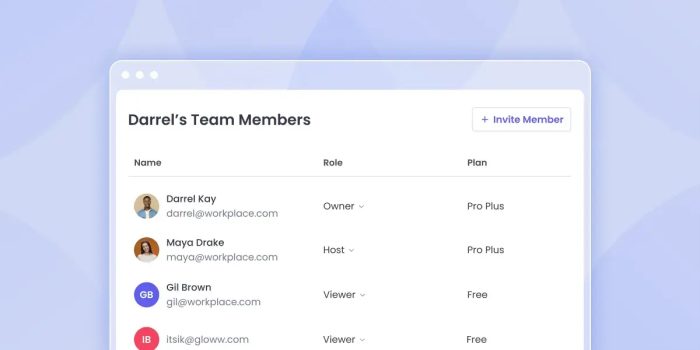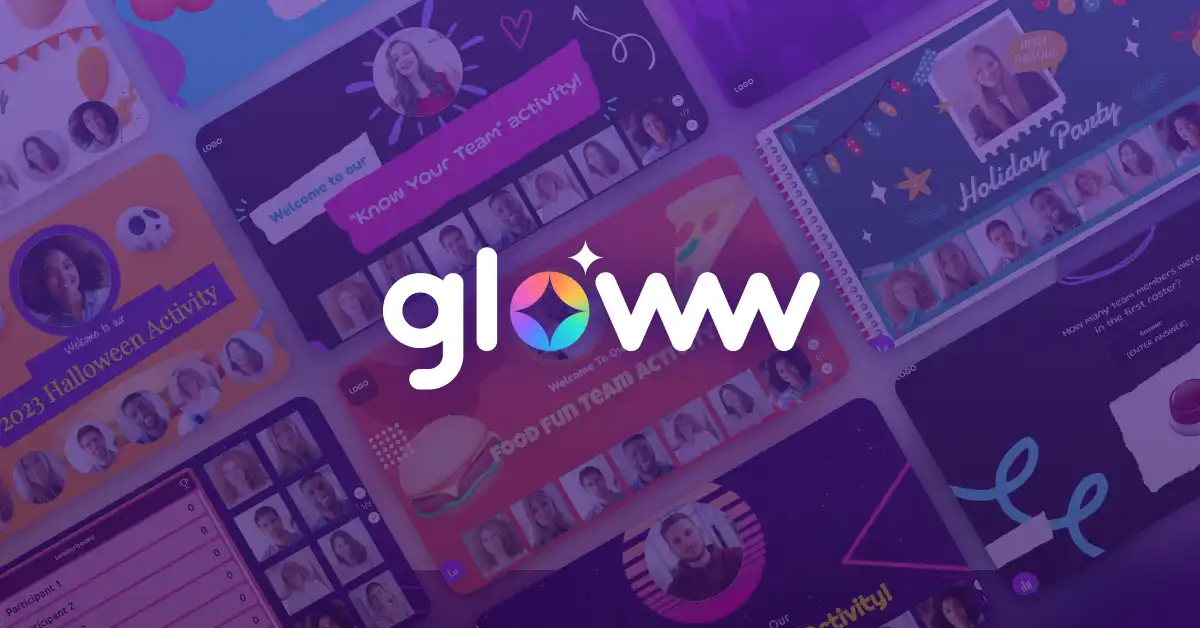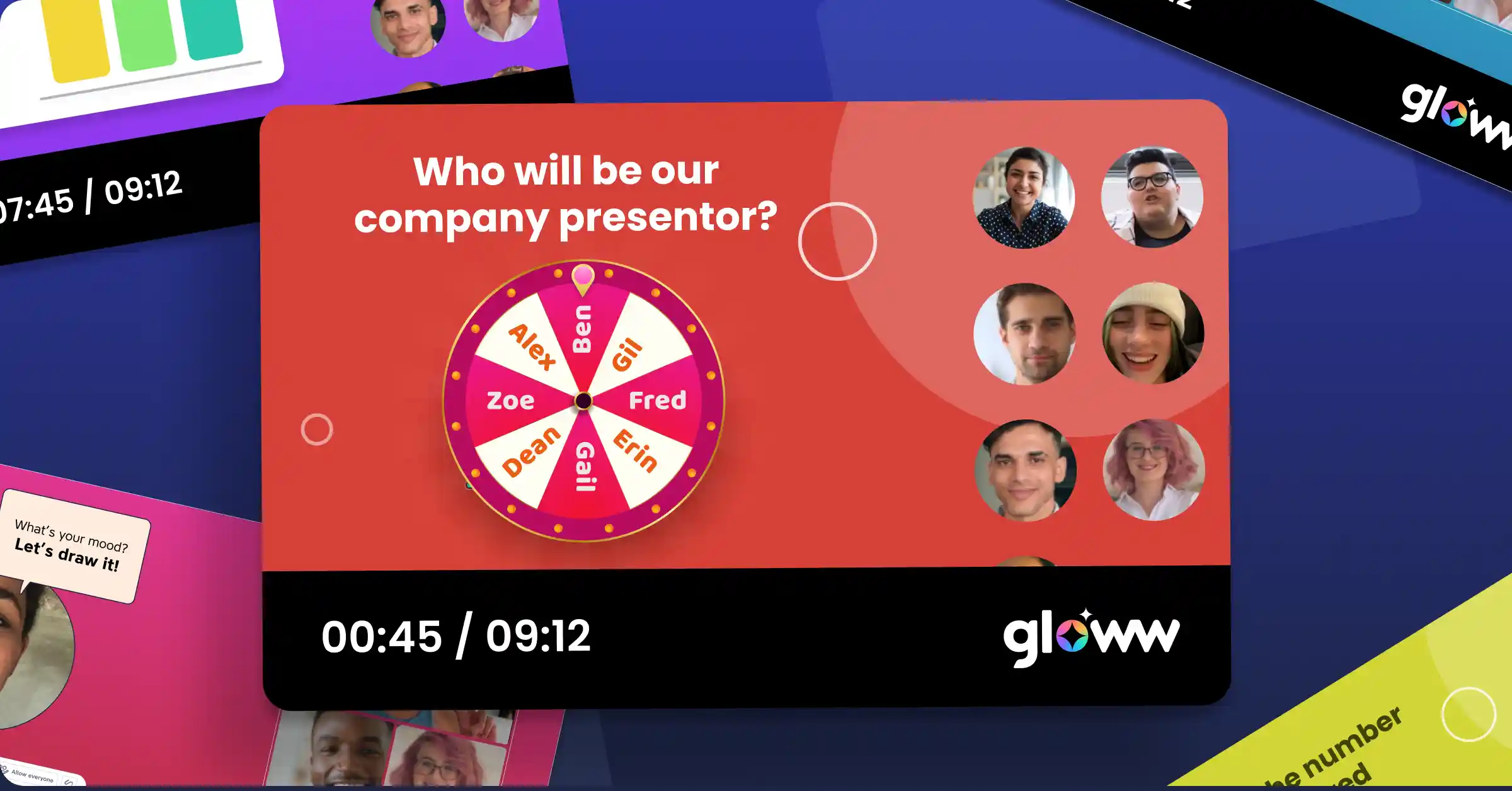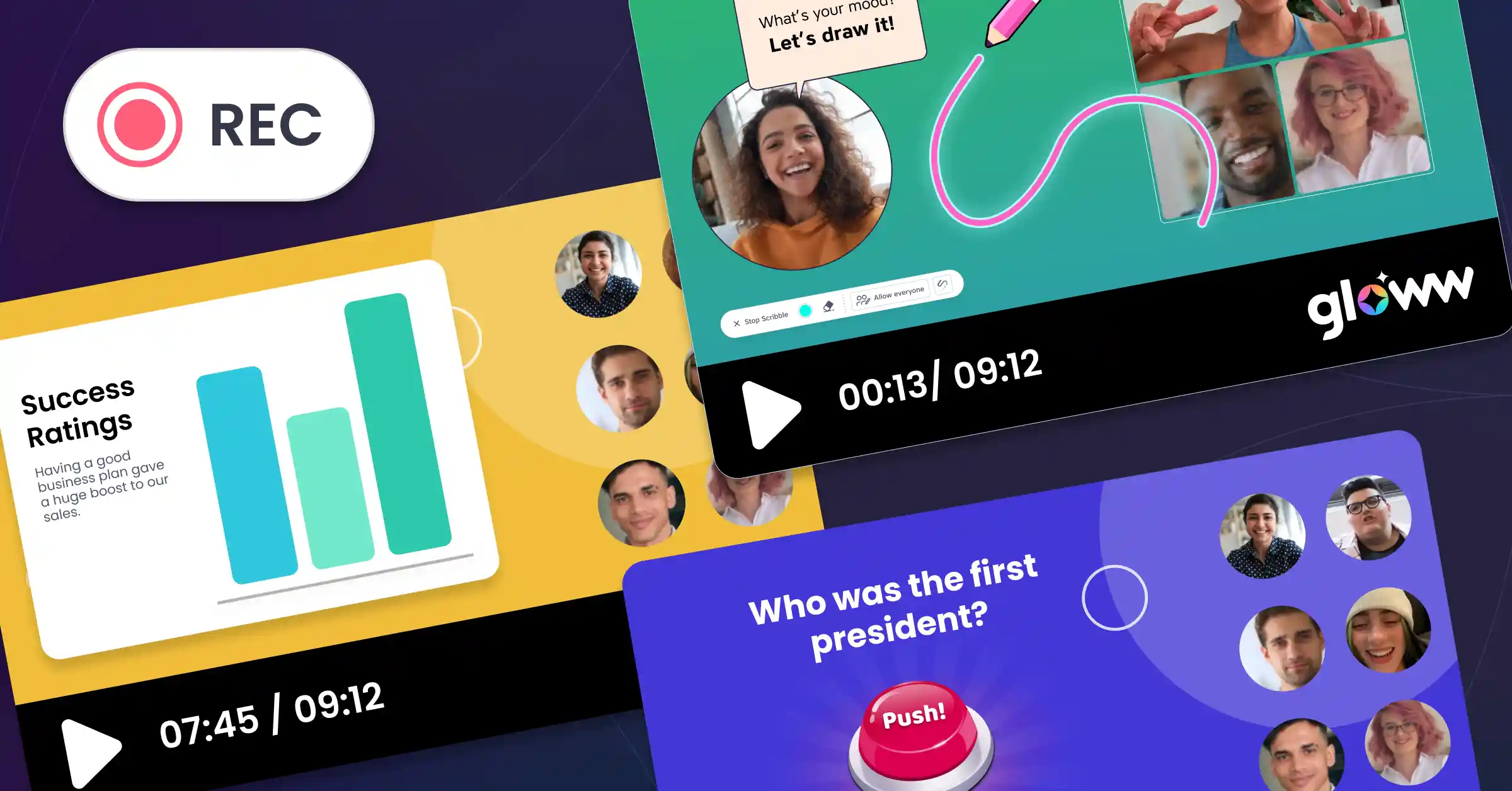Virtual presentations are becoming increasingly common. With more businesses now embracing remote work, they’re an unavoidable adaptation that is essential for onboarding, employee development, and more. However, it’s not as straightforward as transplanting in-person presentation scripts into the virtual world. If you want to host virtual presentations that strike the right note, you need to think carefully about readying your material for online audiences.
What is a virtual presentation? How can you keep online audiences engaged? These are the questions you should be asking yourself if you want to make effective use of the virtual format.
How Are Virtual Presentations Different From Regular Presentations?
While the ultimate goal of virtual presentations is the same as in-person presentations, there are a lot of differences between the two formats. For starters, there’s generally less performance involved. When delivering an in-person presentation, a lot of focus is placed on keeping an audience engaged. A good presenter needs to be comfortable with public speaking and a master when it comes to body language.
When presenting online, there’s far less pressure when it comes to performance. This is despite the fact that a presenter may be broadcasting to dozens, if not hundreds of people. An effective virtual presentation is generally more informal and relaxed.
However, there are some downsides to delivering a presentation online. One of the biggest issues that presenters face is that they’ll have to contend with more distractions than if they were presenting to an in-person audience. These same distractions are what can render a standard conference call a challenge, and presenters often have to work extra hard to maintain audience engagement.
What’s more, while the usual presentation skills aren’t always necessary, different proficiencies come into play. Body language doesn’t read as well when presenting online, but a speaker will still need to project a message virtually. Tone of voice is crucial, and a speaker needs to consider pauses carefully. Additionally, it’s important to constantly engage the audience if you want to maintain their interest levels. Relying too heavily on slides or failing to interact with an audience is a surefire way of dooming a virtual presentation to failure. For some inspiration you can find our employee engagement calendar on our blog too.
Why Are Virtual Presentations Important?

If your business operates in the virtual space and your teams are working remotely, you need to be thinking seriously about virtual presentations. It’s simply not practical to bring remote teams together for in-person training and team-building exercises, especially if employees are dispersed across the globe.
Virtual presentations can be used as a learning tool to develop your workforce and introduce them to new ideas and ways of working. Some businesses utilize digital training documents for this purpose, but there’s little scope for interactivity here. With virtual presentations, you’re giving yourself the chance to connect with remote teams. As well as being a powerful tool for communication and instilling a sense of company culture, a live virtual presentation provides you with the chance to gauge engagement and understanding levels.
How Do You Create a Virtual Presentation?
Is this your first time staging a virtual presentation? Adapting your in-person approach to the virtual world might seem like a good idea, but you won’t achieve good results this way. To make your next virtual presentation a success, we’ve put together some handy tips.
Start with Your Content
This is the most important thing to consider when readying your presentation material for an online audience. While the bare bones of your in-person presentations can be used, they’ll need to be refined for the virtual space. Are you delivering training content to an online audience? All the key information can be captured here, but make sure it’s accessible and not overbaked. Is your presentation more client-facing? Make sure you’re capturing key selling points and considering what can be shared in other formats.
Think About Your Slides
Cramming too many slides into your presentation is a guaranteed way of sending your audience to sleep. If you want to maintain high engagement levels, keep slides sparse. During an in-person presentation, it’s easy to read the room and elaborate on complex slides if you feel the need to. When presenting online, this isn’t always possible. If your presentation has to be slide-heavy, try and stick to a single slide for every minute of speech. Ensure the slides you are using are concise and capture key information.
Focus On Your Audience

When presenting to an audience, you need to constantly reaffirm the fact that the information you’re discussing is relevant to them. Reading body language and audience responses can be a little tricky when presenting online, but keeping the focus on participants is crucial if you want to achieve good results. Regular interaction is a good way of keeping presentation material focused on your audience. Make a point of underlining how what you’re talking about applies to them and how it can help them achieve their everyday goals.
Be Dynamic
Even if the material you’re covering in a presentation is pretty dense, you need to remain lively and dynamic to capture audience attention. Avoid leaning on your slides too heavily and make sure you’re not bound to a script. A little deviation can work wonders for audience engagement.
Involve Your Audience to Avoid the Ringelmann Effect
The Ringelmann Effect is something you might encounter if you’re presenting to a large audience. The bigger an audience gets, the less likely it is that individual participants are going to engage. By constantly involving your audience, you can overcome this. If you need to bring a hypothetical scenario into play, put someone on the spot. This way, everyone’s kept on their toes and constantly braced to interact.
Remove External Distractions
While there’s not much you can do to ensure participants aren’t dealing with their own distractions, you can eliminate distractions from your presenting environment. Make sure your schedule is completely cleared to avoid any unwanted phone calls or interruptions. Are you presenting from an office location? Let anyone who is sharing your space know you need complete quiet so you can concentrate on delivering the best virtual presentation possible.
Be Enthusiastic
Even if the content of your presentation is on the dry side, you need to be able to sell it to your audience. If you’re not animated and engaged with the material, you can’t expect your audience to show an interest. Familiarizing yourself with presentation content will go a long way in ensuring you can deliver a lively and passionate event for participants.
Professional Surroundings and Backgrounds
No matter how animated you are during a presentation, you’ll still need to keep things professional. A low-key background will not only eliminate distractions but set the right tone for learning and development. Here’s our list of best backgrounds.
Best Virtual Presentation Tips

Now you’ve created a compelling outline for your virtual presentation, you’ll need to work on your presentation skills and deliver a memorable event. Below are some handy tips to get you started.
Proper Webcam and Lighting
Production values count when it comes to virtual presentations. A standard laptop webcam probably isn’t going to cut it if you want to make the right impression. An external webcam is therefore a must. You’ll also want to play around with lighting to make your presentation as effective as possible.
Check Your Internet Connection
Technical issues are sometimes unavoidable. However, even the slightest lag can render a virtual presentation pointless. Check your internet connection ahead of time to ensure you’re not going to have to contend with this issue.
Talk to the Camera
It’s tempting to check the reactions of your online audience, but this isn’t really practical if you’re delivering a presentation to a large number of people. Rather than work overtime in an attempt to make a personal connection, talk to the camera instead. This gives you the best chance of making a connection with everyone who’s watching.
Use Body Language
Body language is very important when presenting online. While you won’t be able to make eye contact with individual audience members and use the space around you, you can make use of hand gestures and facial expressions to strengthen your message. However, remember to keep things simple.
Engage Your Audience Members
If you’re planning a longer virtual presentation or covering a lot of key topics, you need to make sure your audience is engaged. Constantly reach out to participants to hammer out specifics with examples or use quick-fire quizzes to keep everyone engaged. You can even use one of the 49 icebreakers to spice things up.
Be Yourself
Authenticity matters when presenting online. It’s particularly important if you’re an employer presenting to remote teams. Make sure the persona you’re projecting is true to the one you’ve already established. The more authentic you are, the more credible your message will seem.
What is the Optimum Amount of Time You Can Keep People Engaged Online?
Most people will struggle to remain engaged with a single topic beyond five minutes. Your presentation is going to be longer than this, so avoid dwelling on specific topics for too long. For best results, try and keep your overall presentation no within 45 minutes.
How Often Should Your Audience Share Their Thoughts?
Reach out to participants once every five minutes or so. You can ask individual participants to reflect on topics you’ve just covered, or break things up with more interactive elements like quizzes and polls.
How Many Presenters Should There Be in a Virtual Presentation?
With shorter presentations, it makes sense to keep things simple with a single presenter. If you’re planning a longer event and want to keep things as dynamic as possible, consider using two or three speakers.
Host Your Next Virtual Presentation with Gloww
Ready to unlock the potential of virtual presentations? Whether you’re presenting to prospective clients or need to reach out to remote teams, virtual presentations are the way forward. However, you’ll need a reliable video conferencing solution to stage a successful virtual presentation.
With Gloww, you have everything you need to deliver memorable presentations that strike the right note with audiences. You can adapt your existing presentation material for the virtual space or explore brand-new elements to bring interactivity to your sessions. Add existing slide decks to readymade templates, make things more interesting with polls and quizzes, or integrate multimedia assets to take your presentations to a whole new level. You can get started with Gloww today. If you want to learn about Gloww can help you fine-tune your virtual presentations, explore our pricing plans, and discover more about our premium features. Do you still have questions about Gloww? Get in touch with the team.
Want to learn more? Here’s everything you need to record your meeting, a template for your monthly business review meetings, virtual meeting etiquettte, and all about how video conferencing works.

























